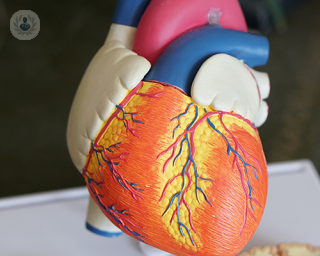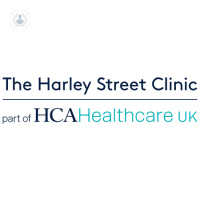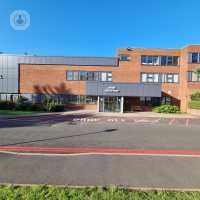Minimally invasive cardiac surgery
Mr Gianluca Lucchese - Cardiothoracic surgery
Created on: 11-13-2012
Updated on: 08-11-2023
Edited by: Karolyn Judge
What is minimally invasive cardiac surgery?
Minimally invasive cardiac surgery is a surgical technique that involves operating on the heart through the use of small incisions made on the right or left side of the chest. This technique avoids cutting through the breast bone and damaging tissues surrounding the heart, which results in less pain and quicker recovery. It is the most effective alternative to open-heart surgery.

Why is minimally invasive cardiac surgery performed?
This surgery is carried out to avoid unnecessarily damaging the structures and tissues adjacent to the heart. Sometimes, the surgeon may have a better view of some parts of your heart using minimally invasive heart surgery than in open-heart surgery. Minimally invasive procedures may include:
- Aortic valve replacement
- Coronary artery bypass surgery
- Atrioventricular septal defect surgery
- Atrial septal defect and patent foramen ovale closure
- Mitral valve repair and replacement
- Saphenous vein harvest for coronary artery bypass surgery
- Tricuspid valve repair and replacement
What happens during the minimally invasive heart surgery procedure?
During the minimally invasive heart surgery procedure, the surgeon makes small incisions in the right or left part of the chest. Instead of cutting through the sternum, the surgeon accesses the heart and operates through the ribs.
The procedure can be done in three ways:
- Robot-assisted heart surgery
- Thoracoscopic surgery
- Making a small incision in the chest
For some of the procedures, may be linked up to a heart-lung bypass machine to keep blood moving through your body during the operation.
How should I prepare before minimally invasive heart surgery?
Before the operation, your doctor and treatment team will explain the procedure to you, what you can expect afterward and the clear up any doubts or concerns you have.
You may have to shave the body area where the incision will be made.
Before going to the hospital, you should arrange with a family member or friend to pick you up after as you won’t be able to drive. Your doctor will also give you instructions to follow during your recovery.
What's involved in minimally invasive heart surgery aftercare?
Normally, you will spend around 24 hours or more in the intensive care unit (ICU). After staying in the ICU for one day, you will then be transferred to a regular hospital room where you will stay for several days. The amount of time you are in hospital after the operation depends on your conditions and which surgery you’ve just undergone.
During your stay at the hospital, the medical team will monitor and manage your blood pressure, heart rate, and breathing. Over time, you will start walking regularly to increase your activities and you’ll likely be given breathing exercises to do.
When you go home, it’s important to look out for signs of infections in your incisions and take any prescribed medications properly. Your doctor will give you advice on the signs of infections and some instructions to follow to make a full and speedy recovery.












